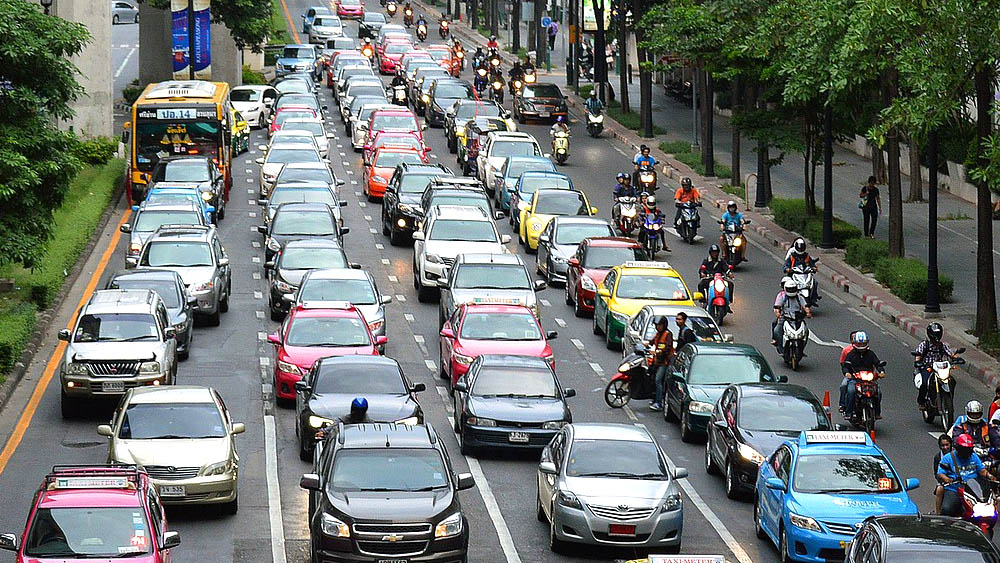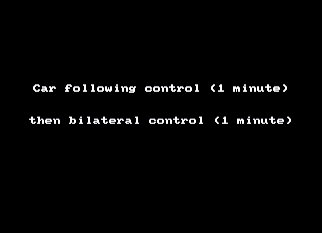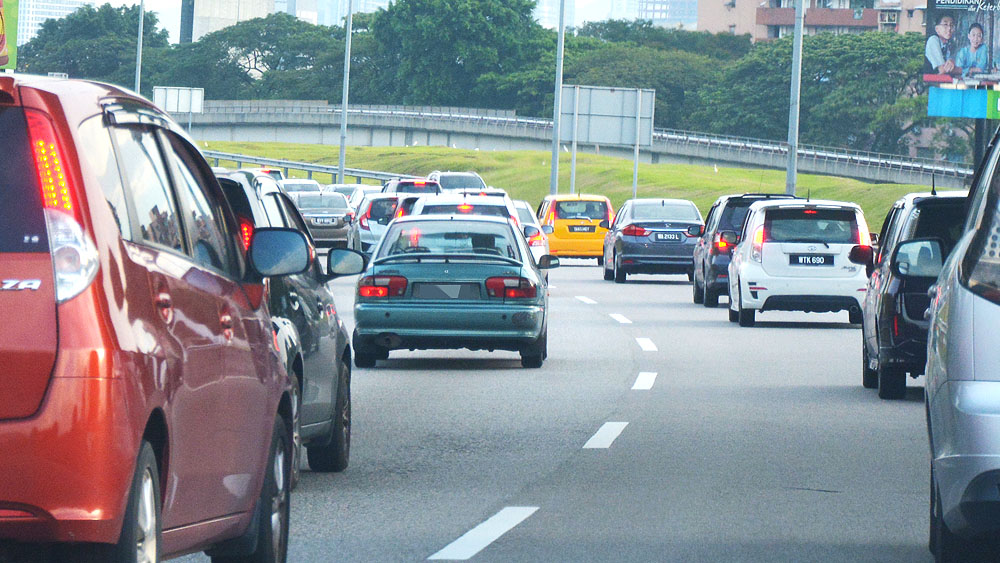A research team from Massachusetts Institute of Technology (MIT) has found that tailgating is a major cause of traffic jams that happens seemingly without any apparent source. It goes as far as stating that if drivers simply maintain a constant and equal distance between cars – a term which MIT professor Berthold Horn terms ‘bilateral control’ – may get drivers to their destinations twice as quickly compared to those who tailgate.
The team from the Computer Science and Artificial Intelligence (CSAIL) demonstrated this using a simple animation showing how tailgating only helps in slowing traffic down before causing a phantom traffic jam.

Essentially, a sensible distance to the car in front (and the back) gives the driver room to accommodate and adjust speed, without slowing down too much, as it usually happens when one follows the car in front a bit too close. Having a consistent speed also has additional benefit of improving fuel economy.
“We humans tend to view the world in terms of what’s ahead of us, both literally and conceptually, so it might seem counterintuitive to look backwards,” says Horn, who co-authored the article with postdoctoral associate Liang Wang. “But driving like this could have a dramatic effect in reducing travel time and fuel consumption without having to build more roads or make other changes to infrastructure.”

Considering that its doubtful drivers will be able to change their habits, Horn suggests that carmakers upgrade the adaptive cruise control system to have sensors not only at the front, but also the back.
The study further suggests that a small percentage of cars adopting a more sensible distance in between them is enough to significantly reduce traffic jams.
So there you have it, smart people with data-based deduction and simulation indicating that tailgating is a schmuck move. Sure, lane hogging and driving too slow are similarly disruptive, but no sense in making it worse, and less fuel efficient; and more dangerous, is there?

* Above is another more complex example of car following control, followed by bilateral control.
The system starts out in a reasonable condition, but phantom traffic jams start to begin 30 seconds in once a few ‘cars’ start to tailgate. Things go back to normal once bilateral control drive style is restarted and the phantom traffic jam clears up soon after.

